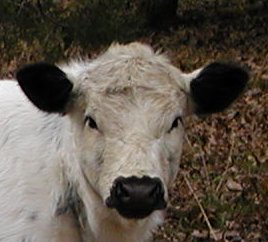
Excerpts from Beef Improvement Federation Weaning Weight Guide.
Weaning weights are used to evaluate differences in growth potential of calves and the milking ability of dams. In order to evaluate differences in weaning weights, individual calf records must be adjusted to a standard basis. It is recommended that weaning weights be standardized to 205 days of age and a mature age of dam basis. Weaning weights should be taken when a contemporary group of calves averages about 205 days of age. Adjusted weaning weights should be calculated for calves within an age range of 160 to 250 days of age. Records on calves weaned outside this range should be given a special management code and handled as a separate management group. They should not be adjusted for age of dam, because appropriate correction factors are not available.
Adjusted 205-day weaning weight is computed on the basis of average daily gain from birth to weaning, using the formula:
Adj. 205-Day Wean Wt. = (Wean Wt. – Birth Wt.) Divided by (Weaning Age in days) X 205 + Birth Wt. + Age of dam Adj.
Individual animal records for adjusted 205-day weaning weight and adjusted 205-day weaning weight ratio should be calculated and reported separately for bulls, steers and heifers. The ratio should be calculated with the following formula.
Adj. 205-Day Weaning Wt. Ratio = (Individual Adj. 205-day Weaning Wt.) Divided by (Group Average Adj. 205-day Weaning Wt.) X 100
Adjusted 205-day weaning weight ratios document each animal’s percentage deviation from the average of its contemporaries and are useful in ranking individuals within each sex. For weight ratios to be of value, contemporaries should be herd mates, similar in age, and raised under the same management and environmental conditions.
